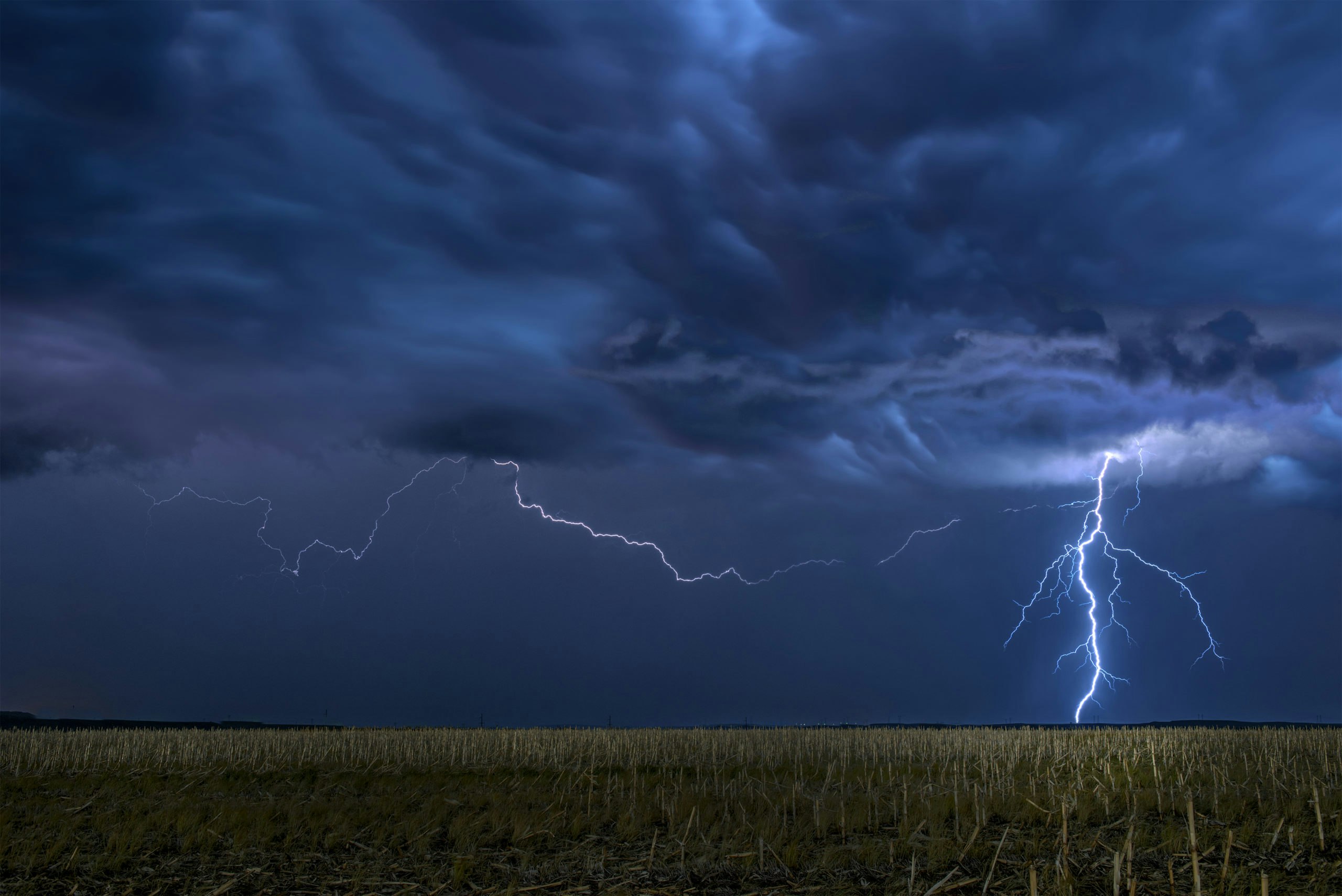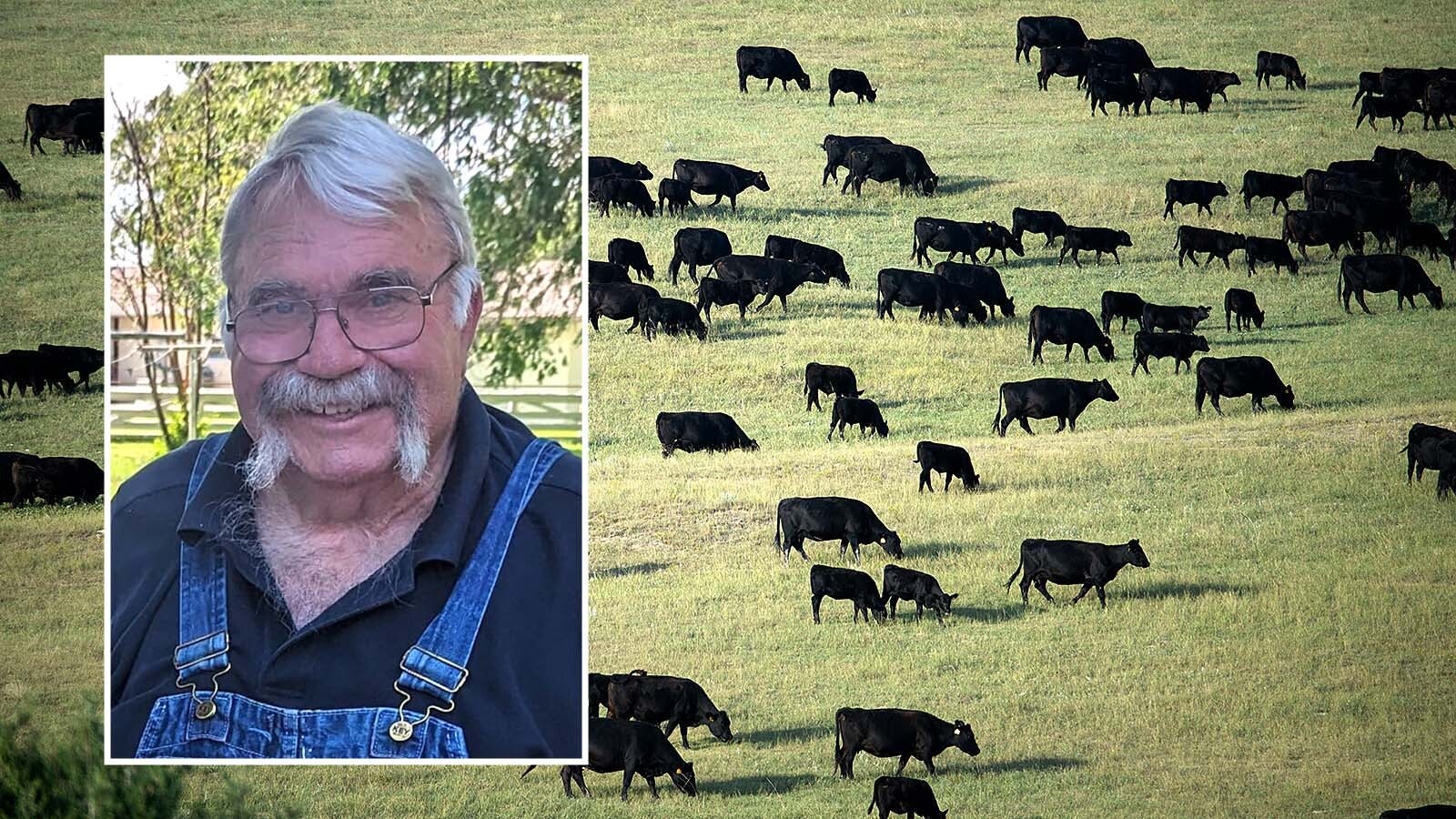
By Ike Fredregill
Cowboy State Daily
The federal government provides the nation with free weather data, but most Americans get their day-to-day forecasts from private weather companies.
“It goes back further than you would think — there’s always been some element of non-governmental weather services,” said Don Day Jr., DayWeather owner and meteorologist. “But, it really didn’t become more commercialized until the ’70s and ’80s.”
Newspapers, radio broadcasts and TV shows wanted specialized weather reports for their regions and graphics to illustrate what the data indicated, Day explained.
Furthermore, private industries across the nation wanted the data interpreted to fit their needs.
“Quite honestly, the demand out there for specialized weather — the National Weather Service (NWS) wasn’t going to be able to handle everything,” Day said.
Jonathan Porter, AccuWeather Vice President of Business Services and meteorologist, said private industry stepped up to meet the growing demand.
“This has been a real success story in terms of how companies work with their government,” Porter said. “People talk about public sector-private sector partnerships, and this is a scenario where the partnerships between the government and weather industry cost the American taxpayer nothing at all, because that data is already available, but (the partnership) yields huge benefits.”
By working with NWS to boost severe weather warning broadcasts, he said private weather companies could be helping save lives and reduce the economic impacts of significant weather events.
Free to pay
To monetize free data, Day said private companies turned to traditional media outlets and special interest groups.
“A lot of private forecasting companies that were successful found a really good niche in TV and radio,” he said. “USA Today was a game changer. In the ’90s, they came out with this huge page with a color weather graphic for the whole country. All the sudden, if you were a daily newspaper in a medium-sized market, you had to have a weather page.”
While free, the data was raw and bulky. Weather companies translated the gobbledegook into localized data, added digestible graphics and used their expertise to interpret forecasts.
“The federal government provides a very robust and rich set of weather data,” Porter said, adding AccuWeather also collects data from governments around the world. “We create value for our customers — over 1.5 billion a day in 200 different languages — by serving consumers the weather data they need for travel plans and their day-to-day lives. We also serve businesses, who use our specific insights about how weather could impact worker safety and business operations.”
In Wyoming, Accuweather provides weather data to railroad companies.
“Parts of Wyoming are certainly very windy,” Porter said. “We provide very specific warnings to railroad operators in terms of letting them know winds will be over 60 mph on this particular part of their track.”
Established under the U.S. Department of War in 1870, the Weather Service, which operates as part of the National Oceanic and Atmospheric Administration (NOAA), was assigned to the Department of Commerce in 1940, said Jared Allen, a NWS warning coordination meteorologist based in Cheyenne.
“We mainly support our core partners in emergency management,” Allen said, explaining the agency’s primary mission is public safety. “But we do work with local broadcasters and enhance that relationship as much as we can, so they understand how to look at our product, ensuring our message and their message are as similar as possible for the public’s ease of interpretability.”
Working together
The relationship between private and public weather services has not always been sunny, Allen said.
“On occasion there can be challenges,” he explained. “One instance involved some private companies putting out their own weather alerts.”
While providing weather alerts to niche interest groups doesn’t interfere with the NWS mission, Allen said private companies broadcasting weather alerts to the general public can cause confusion, which could result in injury or loss of life.
“Depending on how they brand that alert and whether it correlates with a NWS alert,” he said, “that can unfortunately set a precedent of the public needing multiple sources of information before taking preventive action.”
Another conflict arose when President Donald Trump nominated Barry Lee Myers, a former AccuWeather chief executive, to run NOAA in 2017. Experts predicted that Myers being involved with the family-owned and operated AccuWeather would create a conflict of interest. While under Myers’ leadership, the company supported measures to limit the extent to which federal weather services could release information to the public, potentially allowing private companies to generate their own value-added products using the same information.
Myers’ nomination was stalled until 2019, when Myers withdrew because of health concerns.
“There certainly has been growing pains about how to work together effectively,” Porter said. “But there’s been a realization over time that we can accomplish a lot more by working together.”
Day said his peers have bumped heads with the federal government on occasion, but he maintains a healthy working relationship with the feds.
“I have no problems with the weather service, and nine out of ten times we don’t compete for customers,” he explained. “But my position as a private weather forecaster is very different from others.”
If the government didn’t readily share its weather data, Day said he would be out of a job.
“There is a heavy reliance on government-provided data, no doubt,” he said. “Without the tax-funded, weather forecasting infrastructure, I’d have nothing.”
For AccuWeather, Porter said many of the past conflicts between private and public weather forecasters arose from lack of clarity.
“Especially in the ’80s and ’90s… there was not a clear understanding as to what the different parts of the weather community should be doing,” he said, explaining public and private forecasters were competing to produce the same information to the same demographics. “After we realized the need for establishing swim lanes — what the academic community would focus on, what private industry would focus on and what the government would not be focused on — that concept has been embraced by the American Meteorological Society.”
Despite some turbulence, Porter said the weather community’s current relationship is healthy and strong.
“There’s a tremendous amount of passion in the weather community to make a positive difference,” he said. “Few other fields have had as much success from a predictive capability as meteorology has had in terms of leveraging the science to improve society.”





